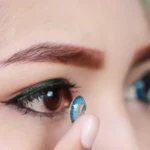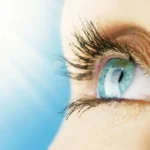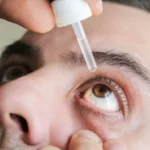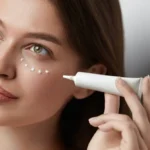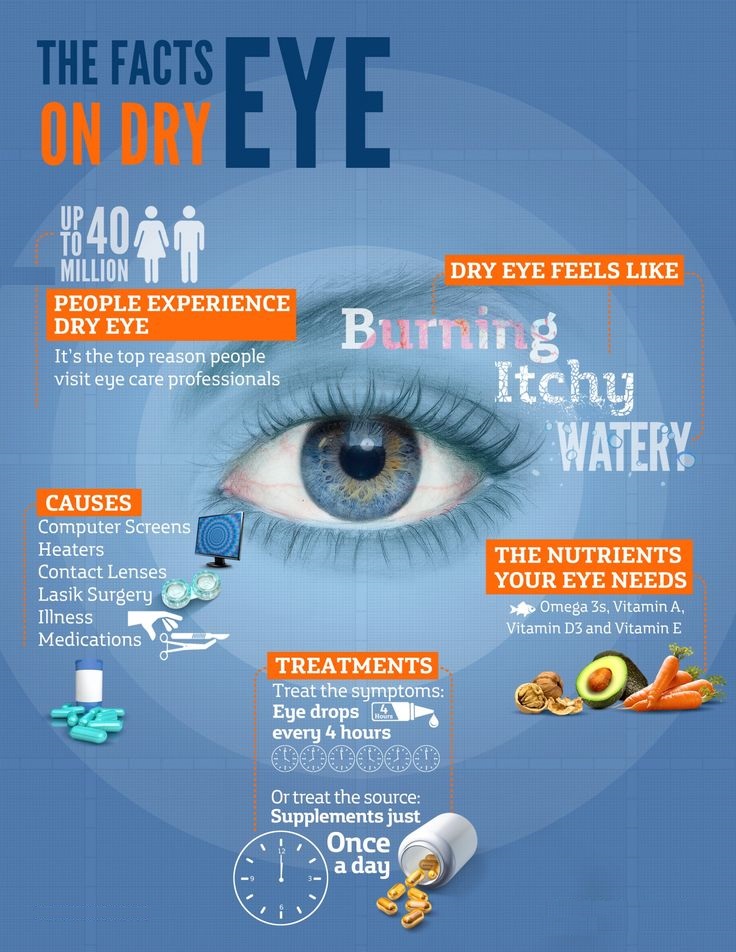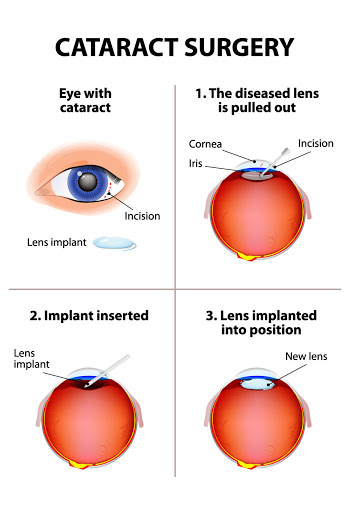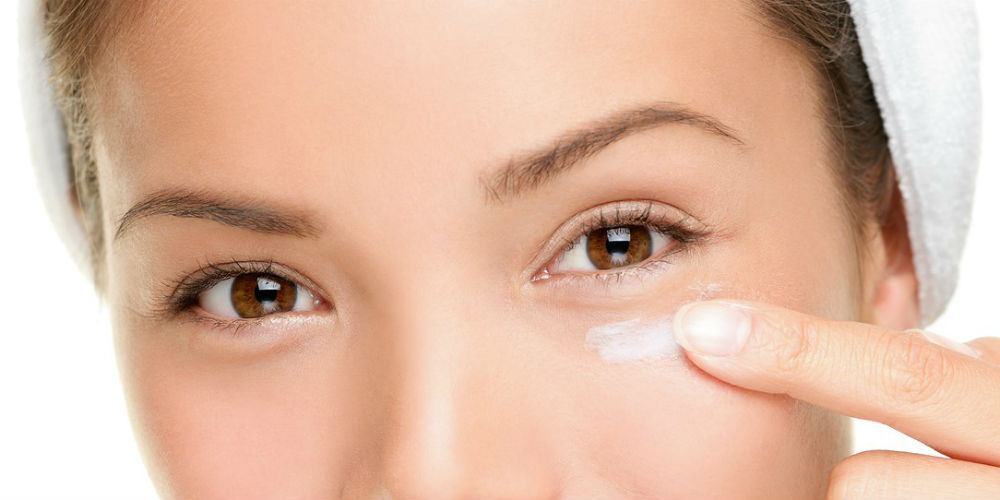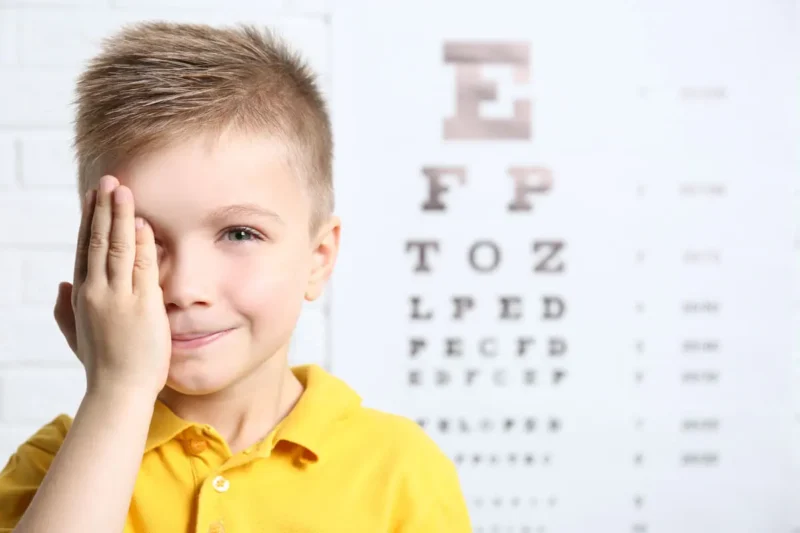
Content
Introduction: How to Ensure Optimal Eye Care for Your Child
To ensure optimal vision and address any potential issues, it’s crucial to focus on both basic children’s eye care and advanced eye care techniques. Regular eye exams, proper nutrition, and protective measures are essential for maintaining eye health. By combining these foundational practices with advanced care strategies, you can effectively support your child’s visual development and overall eye health.
Understanding the Importance of Eye Care for Children
- Why Early Eye Exams Are Crucial
- Detecting Vision Issues Early: Regular eye exams are a fundamental part of children’s eye care, helping to identify vision problems such as nearsightedness or astigmatism early. Early detection allows for timely intervention and effective treatment.
- Screening for Eye Diseases: Advanced eye care involves screening for conditions like amblyopia (lazy eye) and strabismus (crossed eyes), which are essential for successful management and prevention of long-term issues.
- Developmental Stages and Vision
- Infants: Eye health in infants is critical as vision develops rapidly. Basic eye care includes regular check-ups to monitor developmental milestones.
- Preschoolers: As children begin to read and engage in more complex visual tasks, advanced eye care helps in identifying any emerging issues that could affect their learning and daily activities.
- School-Age Children: Regular eye exams become increasingly important in this stage to address vision problems that could impact academic performance and overall quality of life.
Key Components of Advanced Eye Care for Children
- Comprehensive Eye Exams
- What to Expect: Comprehensive exams are part of advanced eye care and include tests for visual acuity, eye alignment, and overall eye health. These exams help detect and address issues before they affect your child’s development.
- Frequency of Exams: The American Optometric Association recommends eye exams at 6 months, 3 years, and before kindergarten, with additional exams as needed to ensure continuous care.
- Protective Measures
- Sunglasses: Ensuring your child wears UV-protective sunglasses is a basic yet essential part of eye care. This helps protect their eyes from harmful UV rays and supports long-term eye health.
- Safety Eyewear: Advanced eye care includes using appropriate safety eyewear during activities that pose risks, such as sports and certain educational projects, to prevent injuries.
- Nutrition and Eye Health
- Essential Nutrients: A diet rich in vitamins A, C, and E, along with omega-3 fatty acids, supports both basic and advanced eye care. These nutrients are crucial for maintaining eye health and supporting visual development.
- Healthy Eating Habits: Encourage a balanced diet to provide your child with the nutrients needed for optimal eye health and overall well-being.
- Screen Time Management
- Recommended Limits: Managing screen time is a part of both basic and advanced eye care. Limiting exposure to screens reduces eye strain and helps prevent issues like digital eye strain and myopia (nearsightedness).
- Breaks and Ergonomics: Encourage regular breaks from screens and ensure proper ergonomics to minimize strain and support eye comfort.
Common Eye Issues in Children and How to Address Them
- Common Vision Problems
- Nearsightedness (Myopia): Difficulty seeing distant objects clearly. Regular eye exams are crucial for detecting and managing this condition with corrective lenses.
- Farsightedness (Hyperopia): Difficulty seeing close objects clearly. Both basic and advanced eye care include early detection and correction to address this issue effectively.
- Astigmatism: Caused by an irregularly shaped cornea or lens, leading to blurred vision. This condition can be managed with glasses or contact lenses.
- Eye Conditions to Watch For
- Amblyopia (Lazy Eye): A condition where one eye does not develop proper vision. Advanced eye care strategies, including early treatment, are essential for effective management.
- Strabismus (Crossed Eyes): Misalignment of the eyes that may require glasses, patches, or surgery depending on severity. Regular eye exams help in timely detection and treatment.
- When to Seek Professional Help
- Signs of Vision Problems: If your child experiences headaches, frequent squinting, or difficulty reading, seek professional evaluation as part of comprehensive eye care.
- Injury or Infection: Immediate attention from an eye care professional is needed for any eye injury or signs of infection, such as redness or discharge.
Conclusion: Supporting Your Child’s Eye Health with Comprehensive Care
Ensuring both basic children’s eye care and advanced eye care strategies will help maintain your child’s vision and overall eye health. Regular eye exams, protective measures, proper nutrition, and screen time management are essential for supporting your child’s visual development and addressing potential issues. Prioritizing these aspects today will contribute to your child’s long-term eye health and well-being.
Common Questions About Children’s Eye Care
How Often Should My Child Have Their Eyes Examined?
Children should have eye exams at 6 months, 3 years, and before starting school, with additional exams as recommended by their eye doctor for ongoing advanced care.
What Are the Best Ways to Protect My Child’s Eyes During Sports?
Use sports goggles or safety glasses designed for specific sports to protect your child’s eyes from injury, a key aspect of advanced eye care.
How Can I Reduce My Child’s Risk of Developing Myopia?
Limit screen time, encourage outdoor activities, and ensure regular eye exams to monitor and manage eye health effectively.

Alina Smith is a health blog author with an interest in the intersection of wellness and mental health. She’s worked as a writer, editor, and communications specialist for various healthcare organizations. Alina has also led projects to improve access to care for underserved populations in both rural and urban settings.

